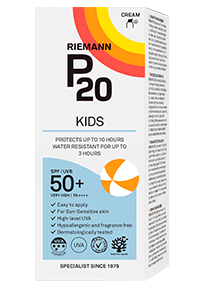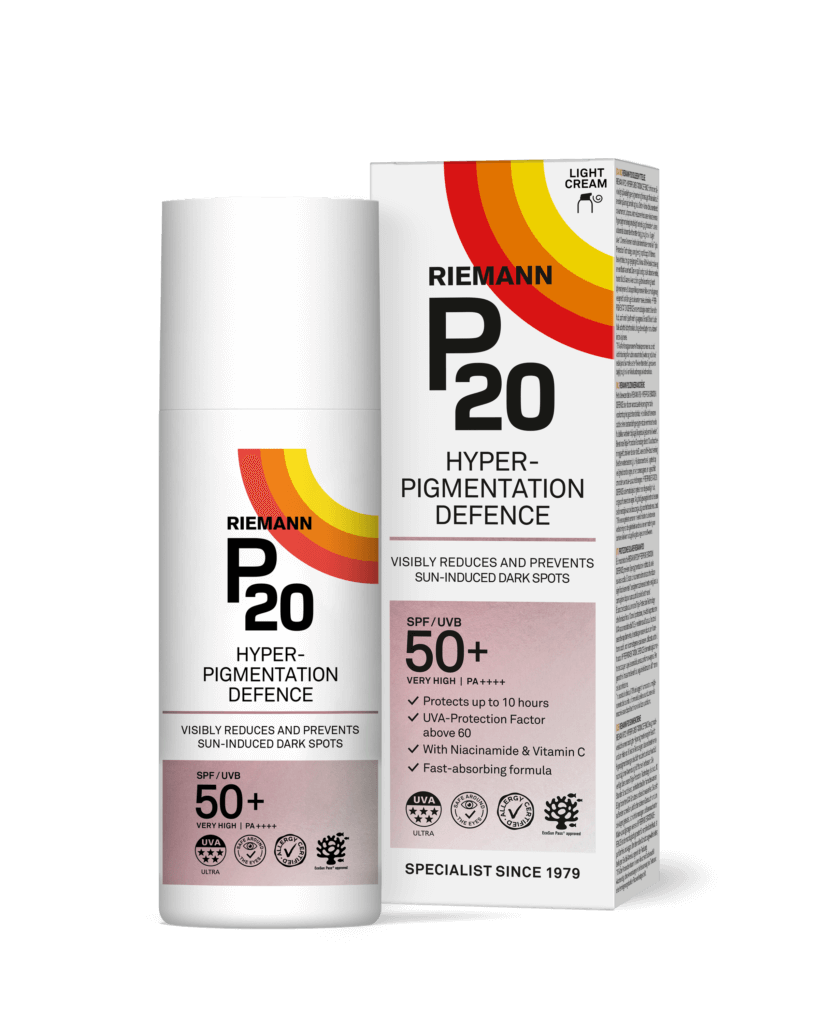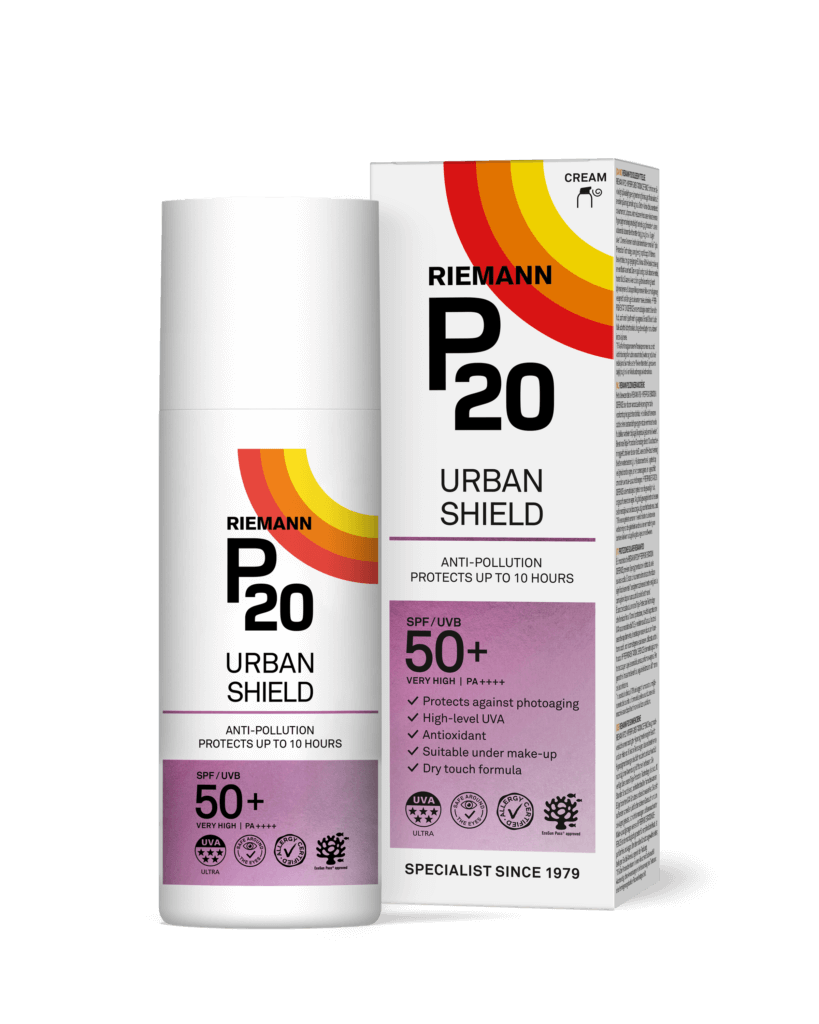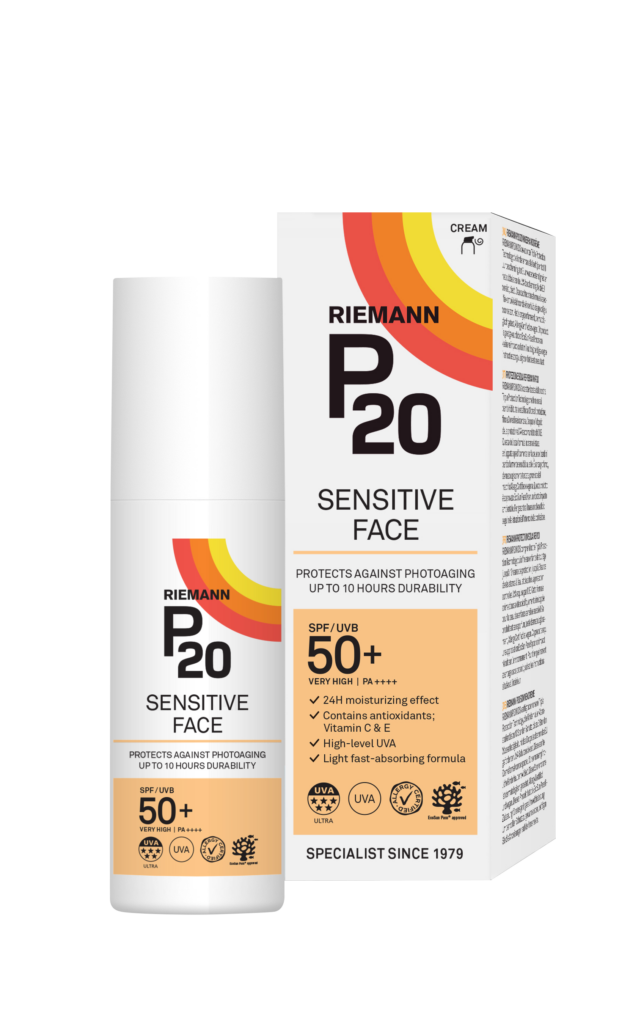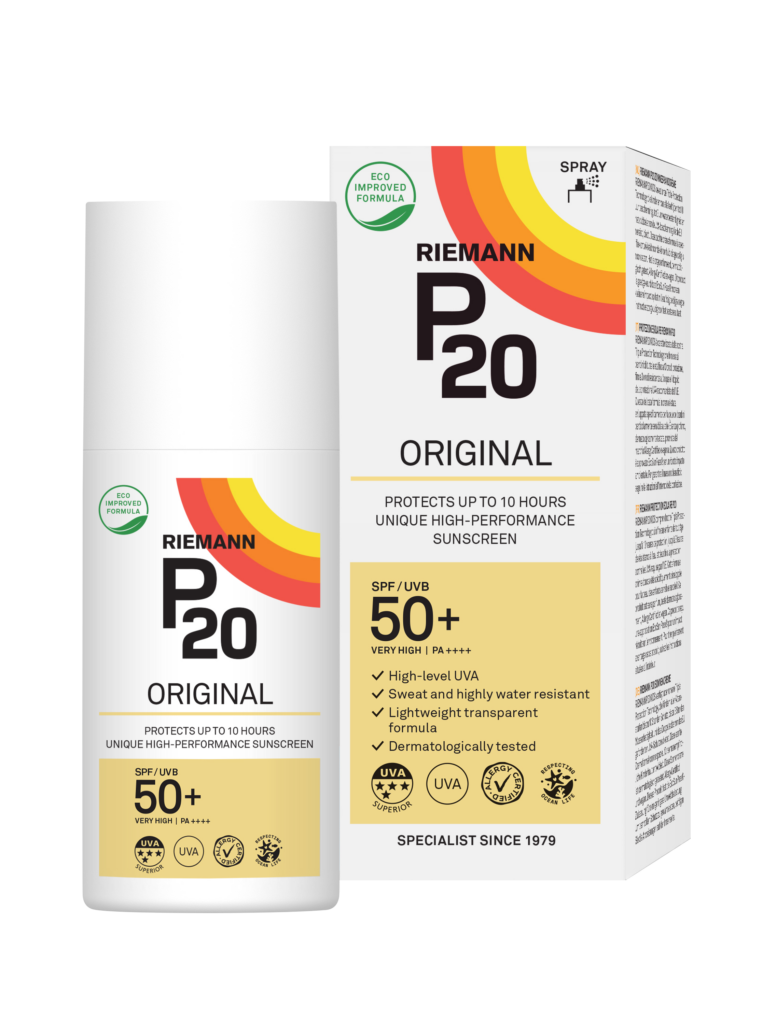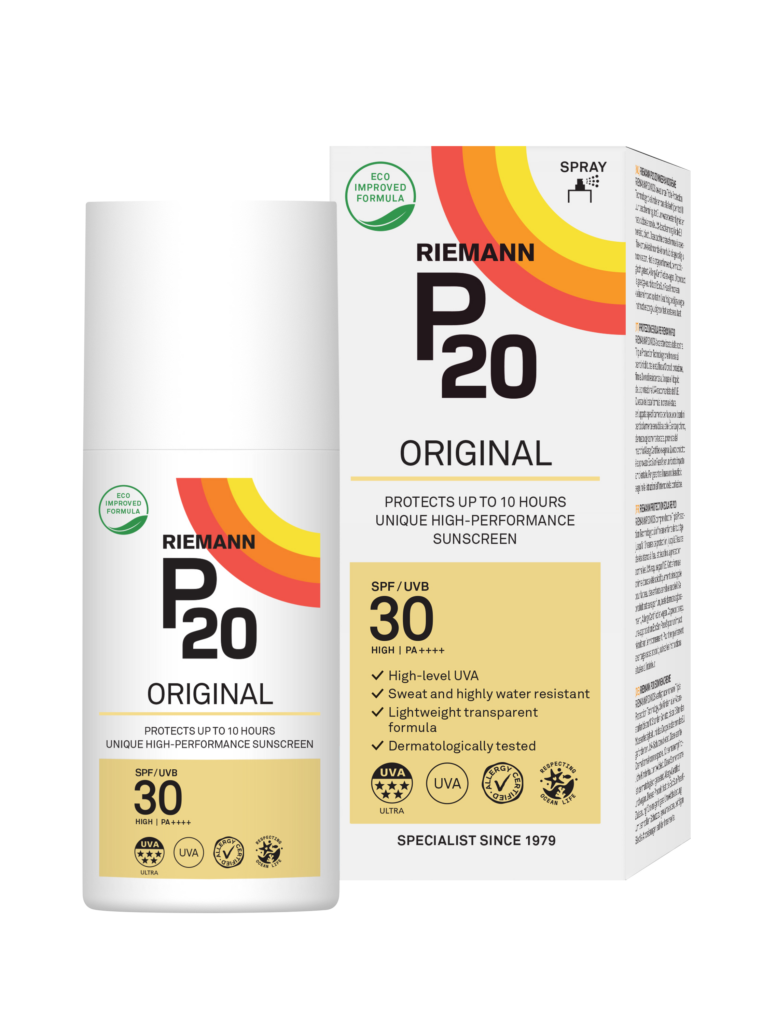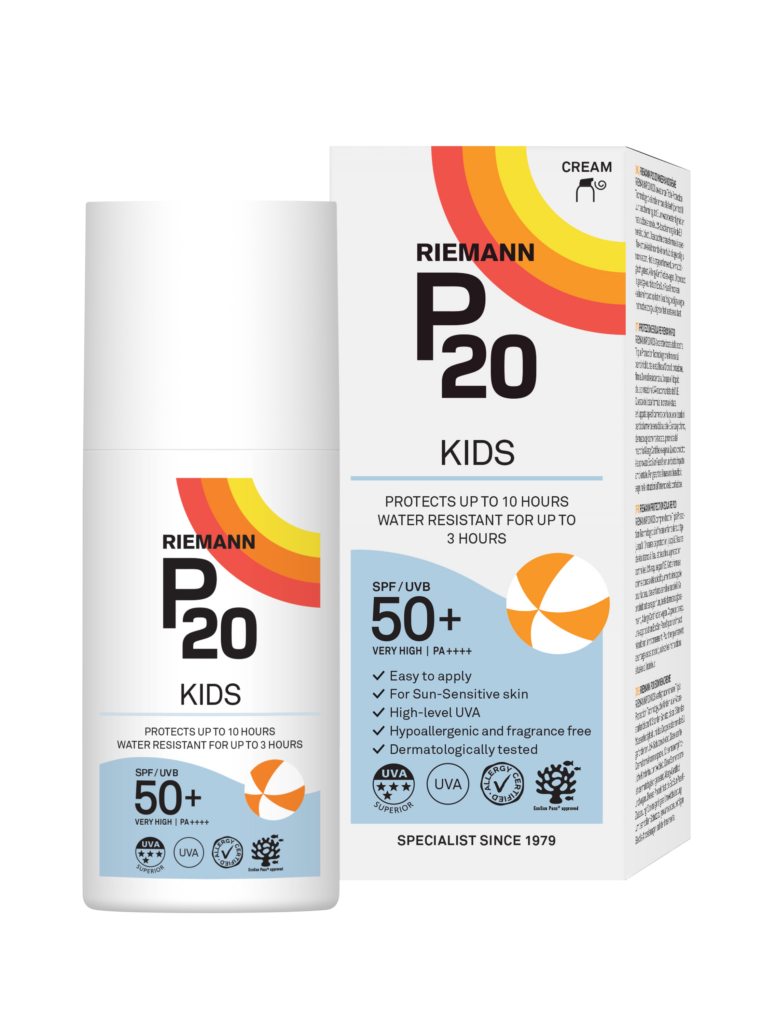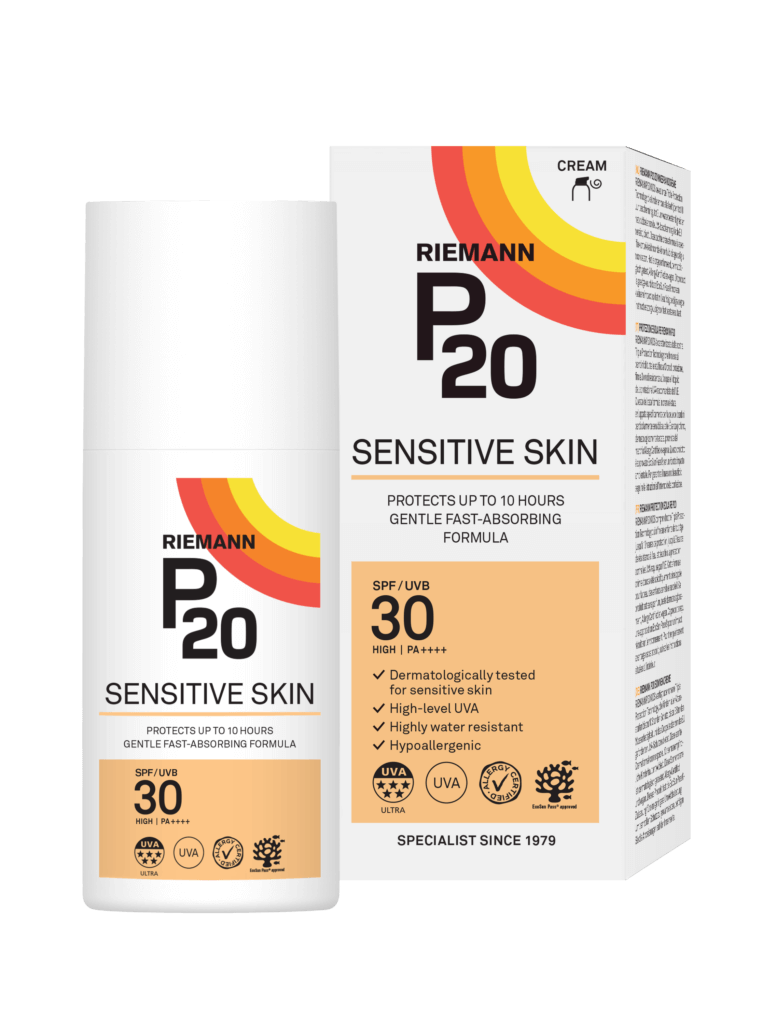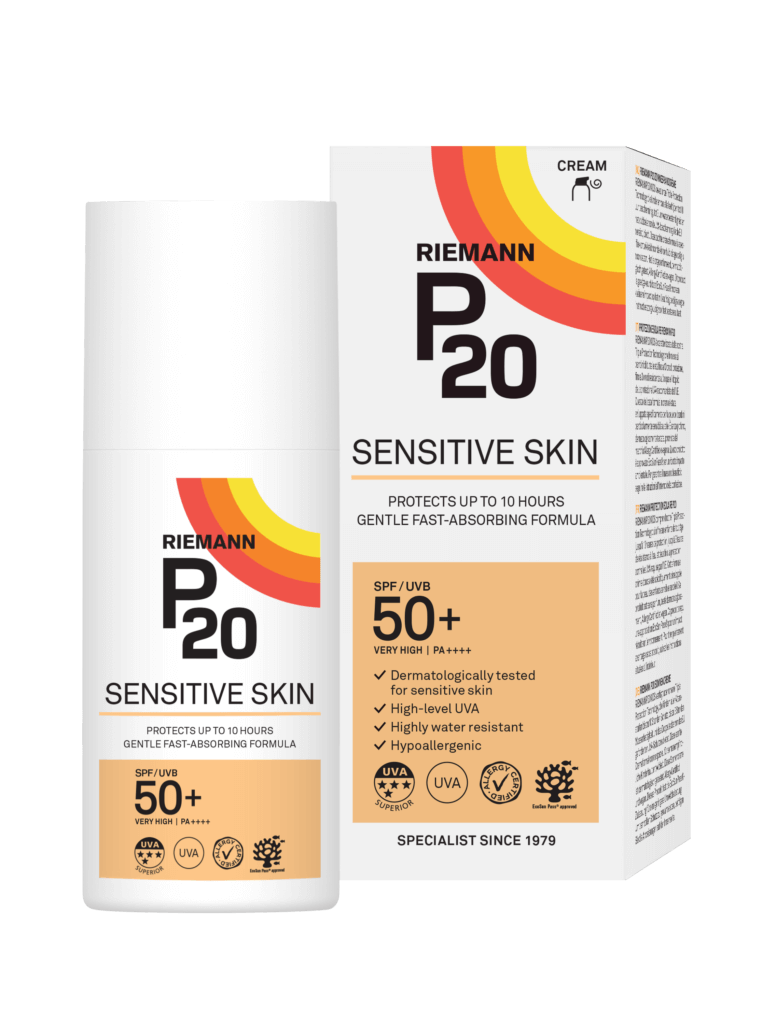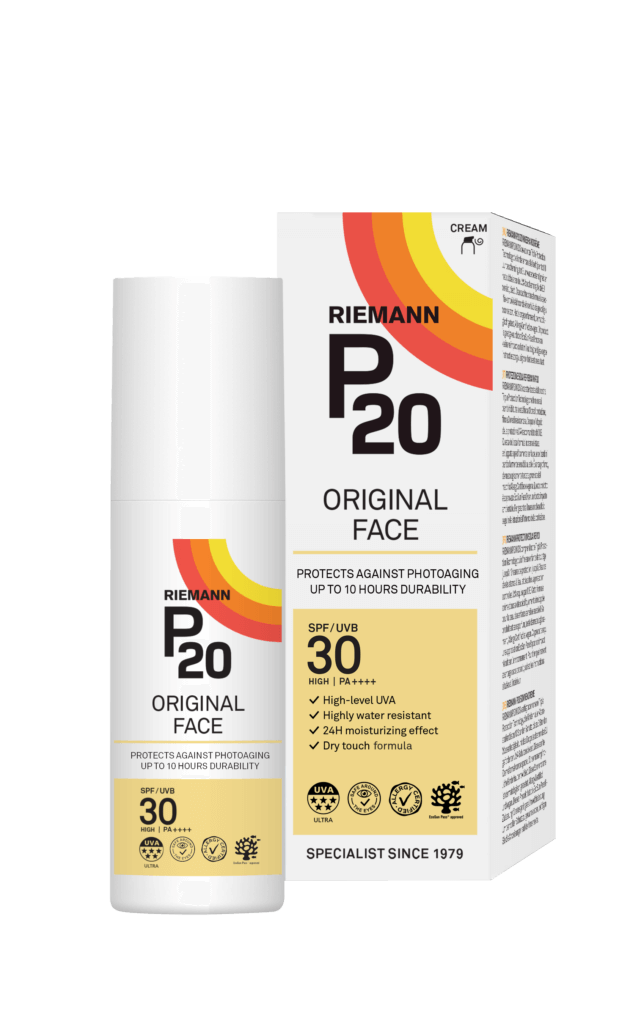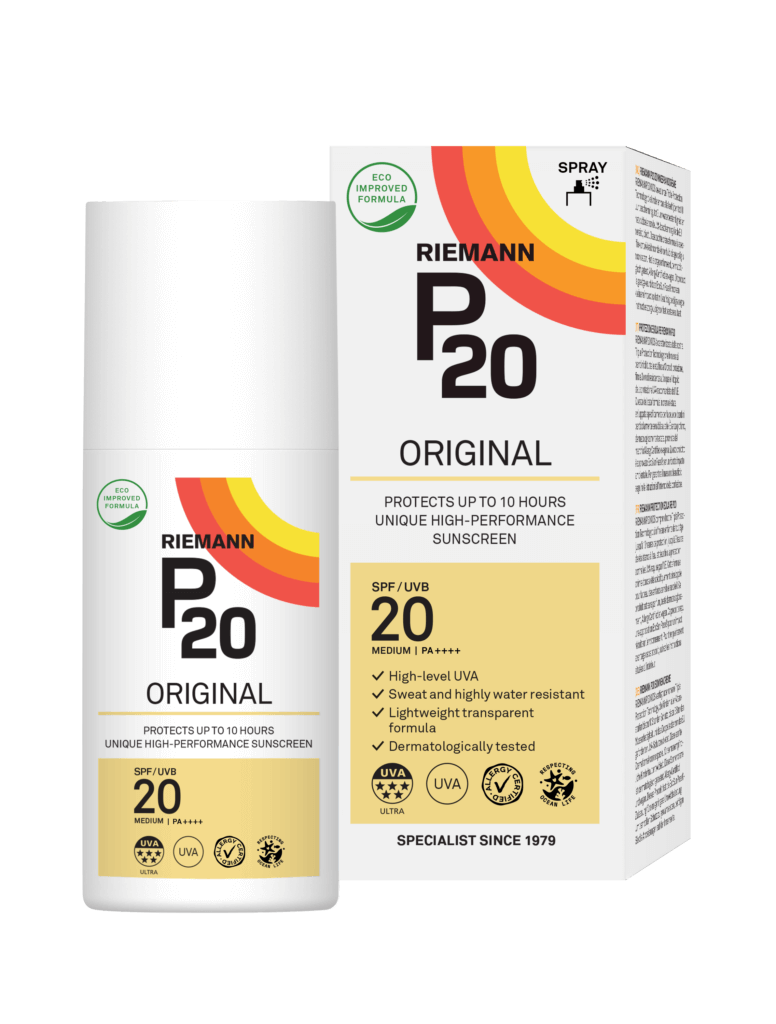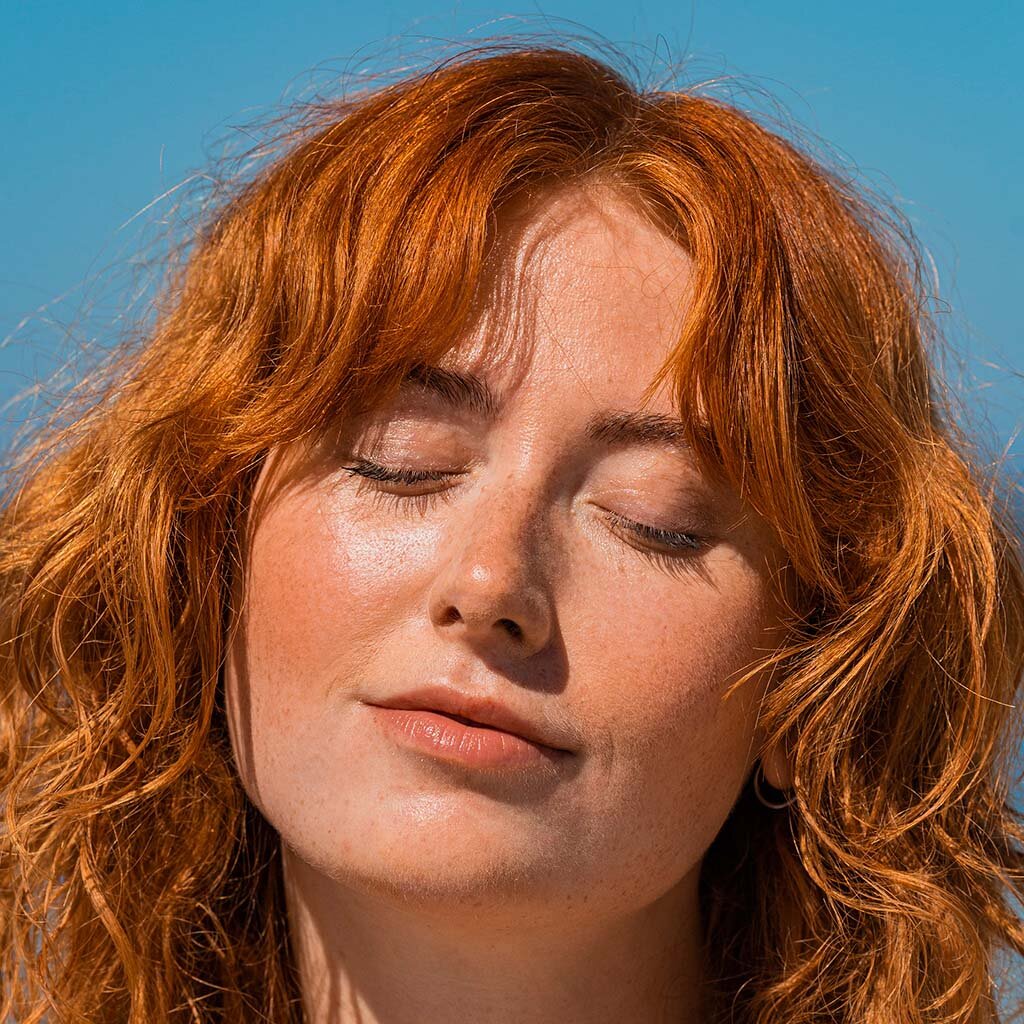
2024
INTRODUCING
Two new everyday skin guardians: Riemann P20 Urban Shield and Riemann P20 Hyperpigmentation Defence. These two formulations stay true to the same high standards that we have always been following – so you can rest assure that you get the same high-performance sun protection that P20 has always delivered.
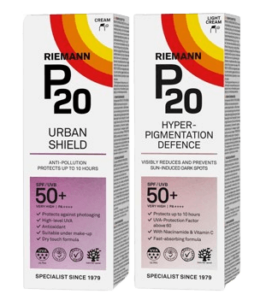

Sunfacts
This afternoon the weather is 21º and cloudy in Marseille
We recommend Ribus. Me niscieniet liquati andaerferro conse aut fuga. Uris modipis iliam ati . Tur sitas magniatium fugita debit.
FEATURED PRODUCTS
-
Hyperpigmentation Defence SPF 50+
The new Riemann P20 Hyperpigmentation Defence visibly reduces and prevents...
-
Urban Shield SPF 50+
The new Riemann P20 Urban Shield delivers protection against daily...
-
Sensitive Face SPF 50+
This New Riemann P20 formula protects your sensitive skin from...
-
Original Spray SPF 50+
The improved Original formula has the same high performing protection...
-
Original Spray SPF 30
The improved Original formula has the same high performing protection...
-
Kids SPF 50+
Specifically developed for children’s sun-sensitive skin. This sunscreen secures up...
-
Sensitive Skin SPF 30
This gentle, but highly effective, sun cream is dermatologically tested...
-
Sensitive Skin SPF 50+
This gentle, but highly effective, sun cream is dermatologically tested...
-
Original Face SPF 30
The improved Original Face SPF 30 has the same high...
-
Original Spray SPF 20
The improved Original formula has the same high performing protection...
good to know
The ABC of UV-radiation
UV radiation is a tricky thing! While you can see the bright, shiny sun and feel the heat beaming on your skin, your senses are not able to detect UV radiation. So, you won’t notice any skin damage until its done. Furthermore, a common misunderstanding is, that the temperature is related to UV. Spoiler Alert – It’s not! UV levels can be just as damaging on cool and cloudy days, as it can on a sunny summer day.
So how can you keep track of the daily UV-level? Enter The UV Index – a tool, developed by WHO, to determine how much UV radiation you are surrounded by.
Learn more about the UV index
good to know
Children & the sun
Just as you childproof your home and give your infants healthy baby food, it’s just as important to keep them safe from harmful UV rays to avoid immediate consequences like painful sunburns and skin conditions later in life.
See how you teach your child to respect the sun and make them sun-safe
good to know
Active in the sun
Who doesn’t enjoy a refreshing escape from the heat during a nice swim, a relaxing boat ride, a run or a nice workout outside – or simply just a day at the beach?
Spending time outside is highly rejuvenating, but it’s important to protect your skin from the sun – and especially the reflecting elements, that increases your exposure.
Learn how to feel the moment and not the sunburn
good to know
Your skin & the sun
While it’s true that people with fair skin, blue eyes and blond hair are more at risk for sunburns, sun damage and even worse, skin cancer, all types of skin can be affected and damaged by UV exposure. In addition, it’s estimated that sun exposure is responsible for 80 – 90% of extrinsic skin ageing.
There are 6 basic skin types – also known as the Fitzpatrick Scale, that helps you understand the skin you’re in and prevent you from multiple signs of premature ageing like dryness, wrinkles, loss of elasticity and dark spots.
Find your skin type and make better decisions in the sun
Featured
P20 kids
As parents, we all want to keep our children healthy and safe – wherever they are and whatever sort of fun they’re having. An important part of this care is protection from the potentially harmful rays of the sun. With its long-lasting protection and category-leading water resistance, combined with high UVA protection and a gentle, hypoallergenic formulation, Riemann P20 Suncare for Kids makes it easier than ever to provide this care.
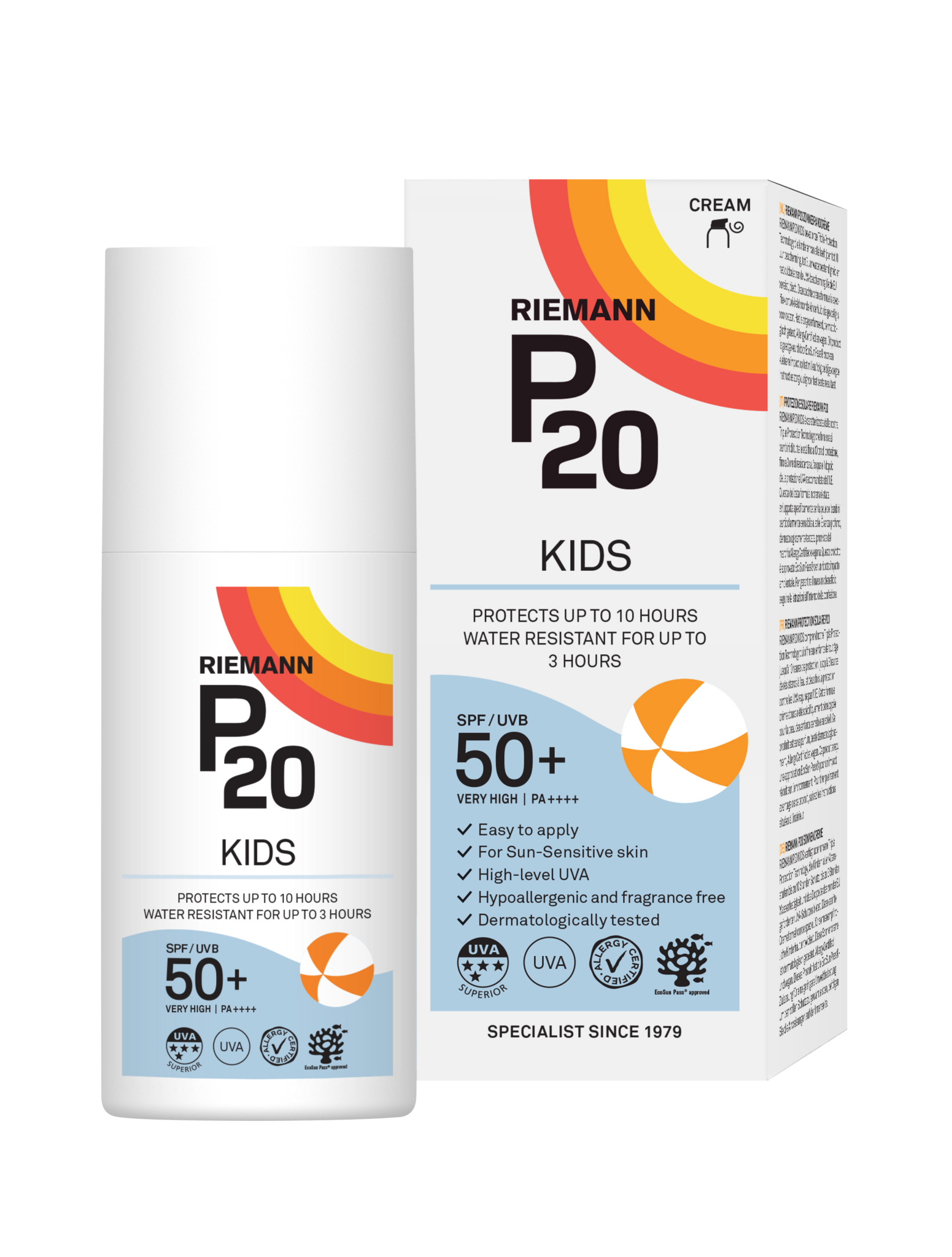
Featured
P20 kids
As parents, we all want to keep our children healthy and safe – wherever they are and whatever sort of fun they’re having. An important part of this care is protection from the potentially harmful rays of the sun. With its long-lasting protection and category-leading water resistance, combined with high UVA protection and a gentle, hypoallergenic formulation, Riemann P20 Suncare for Kids makes it easier than ever to provide this care.
